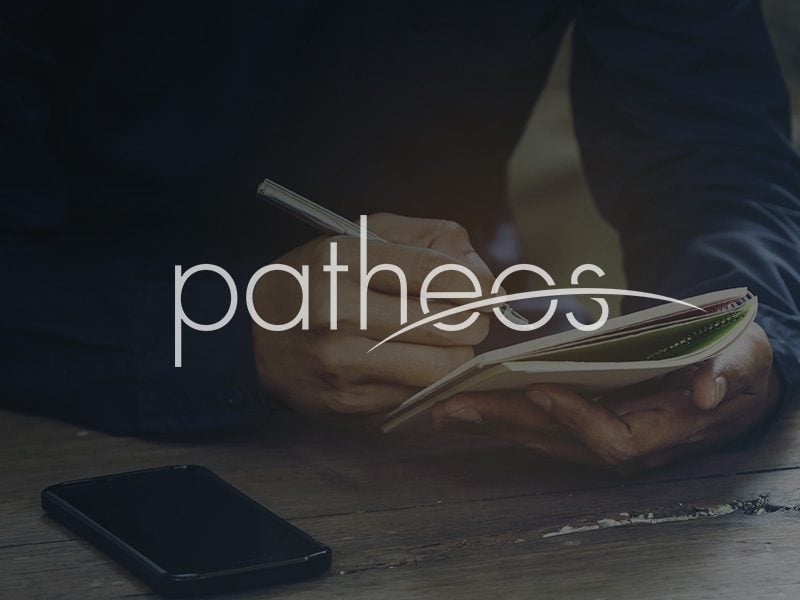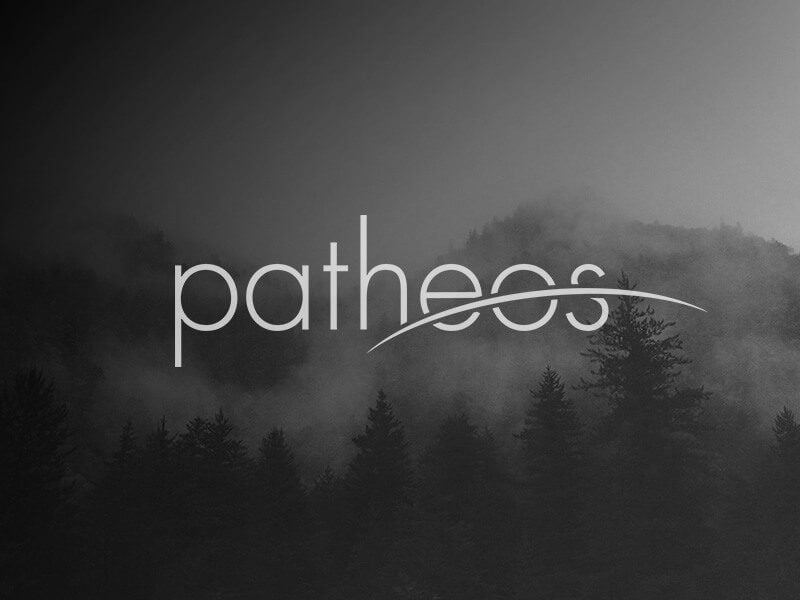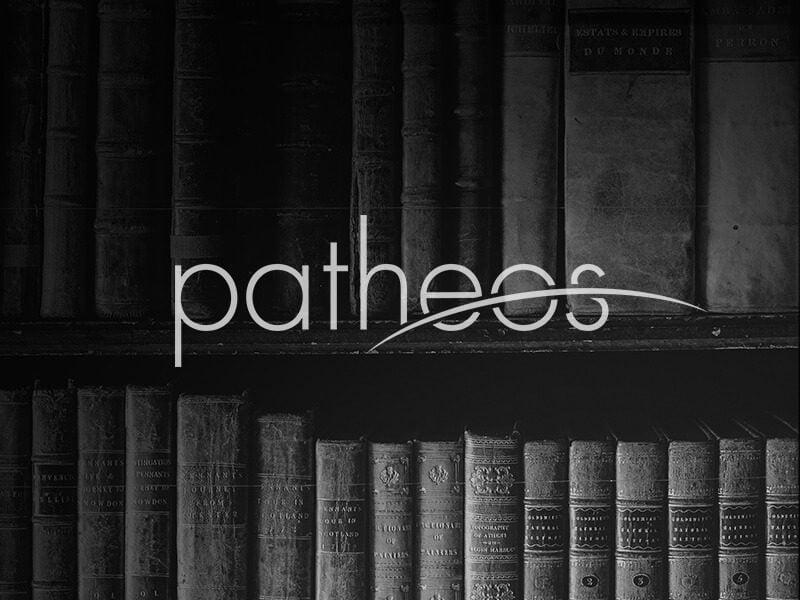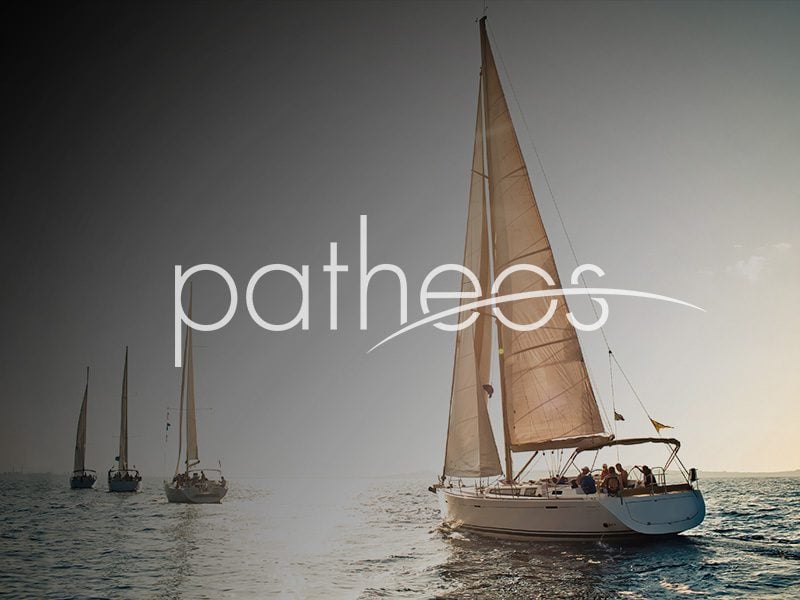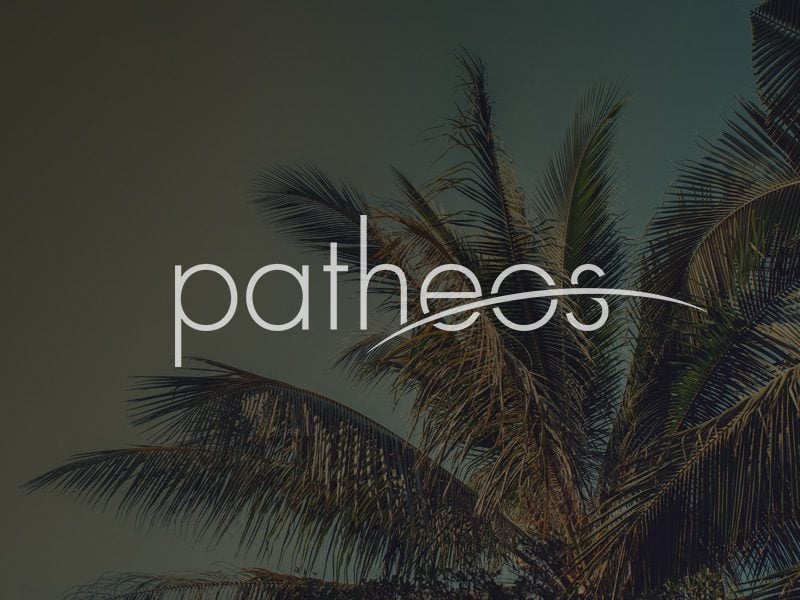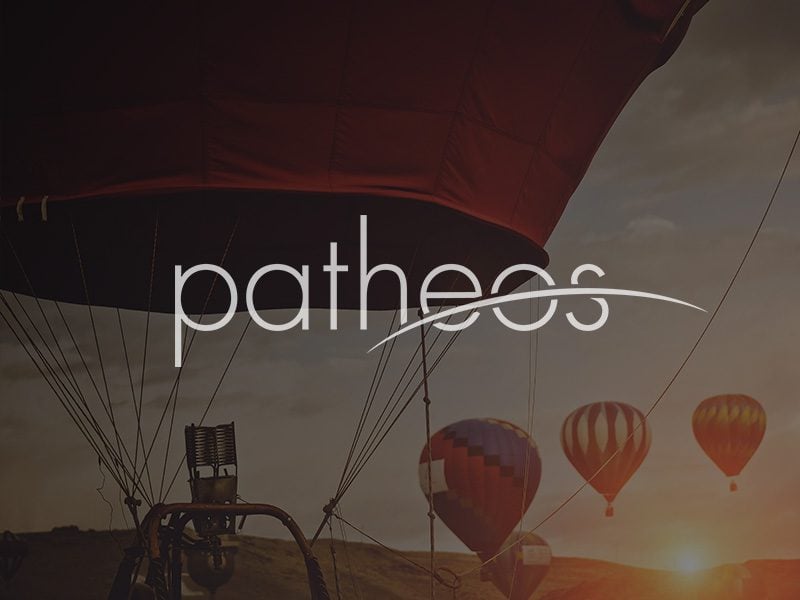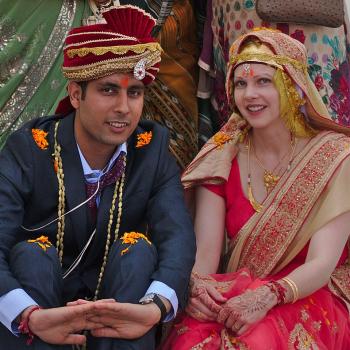Wallace again on Timon of Athens . Wallace argues that Shakespeare has written a play to explore Seneca’s society of benefits and gratitude, and shows that the classical model of social order is impossible: “the cast would appear to have been designed to test the Senecan hypothesis about the nature of a just society and to find the classical model hopelessly wanting. Natural obligations derived from mutual benefits could never be the basis for a healthy society because mankind is... Read more



